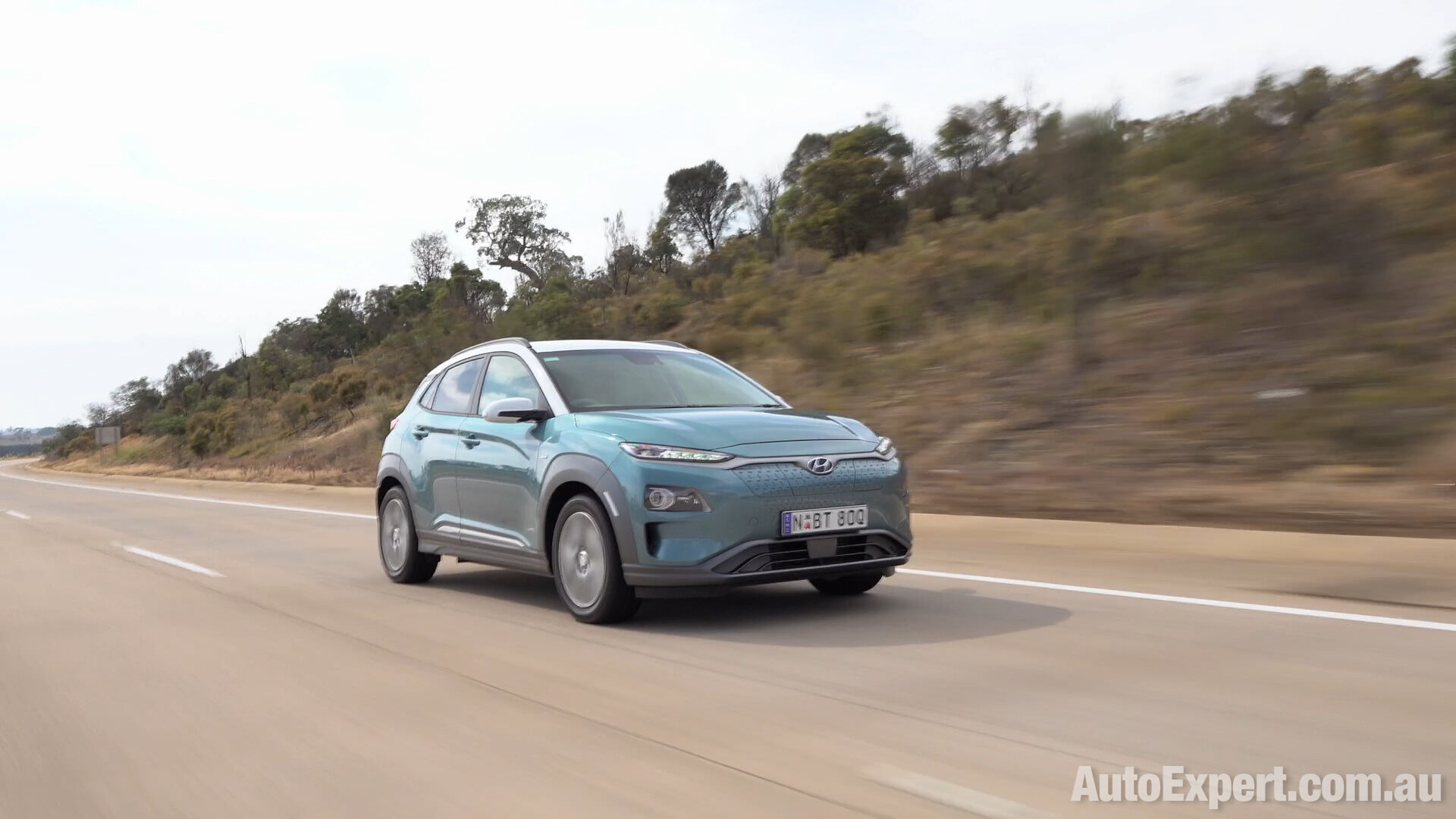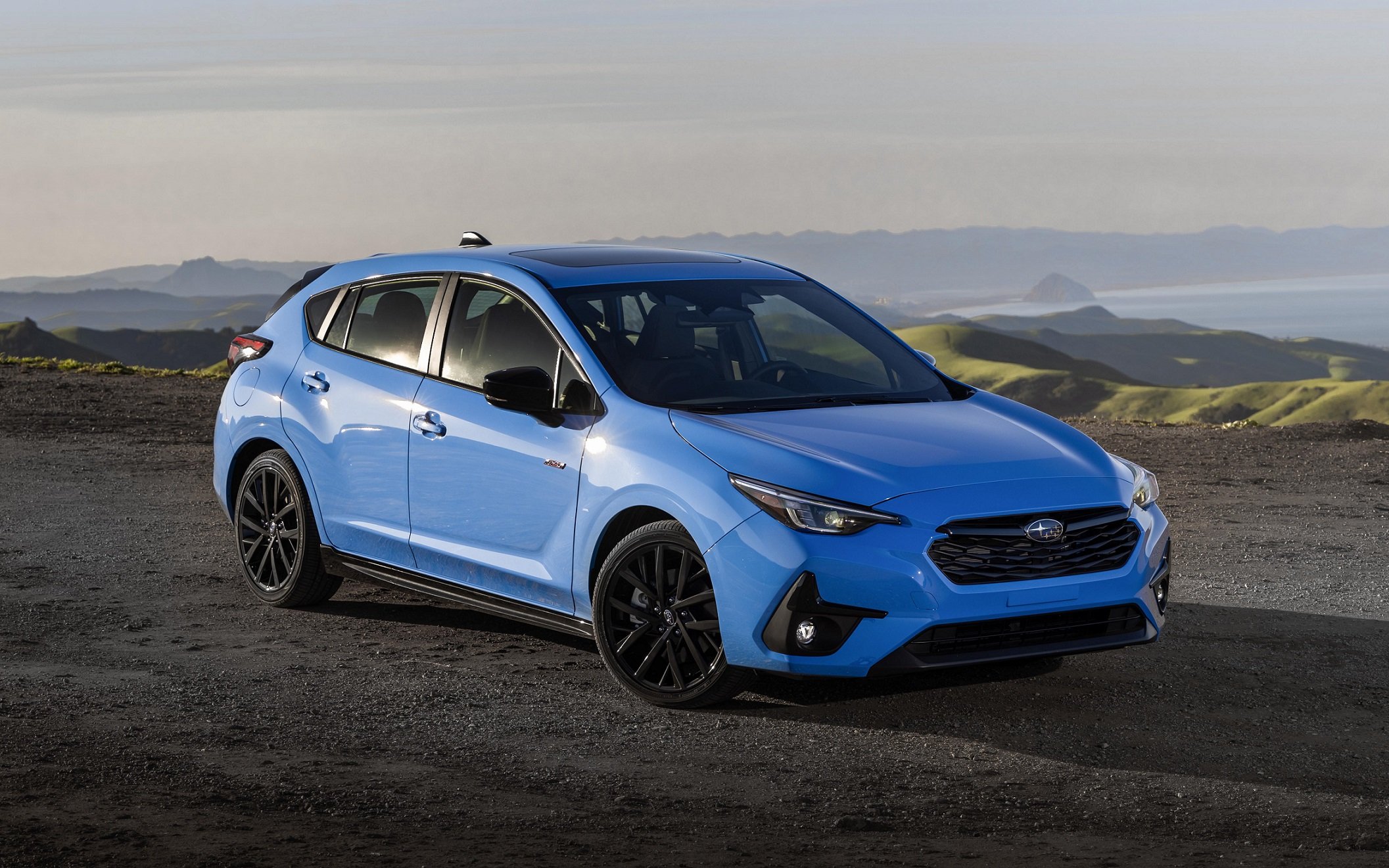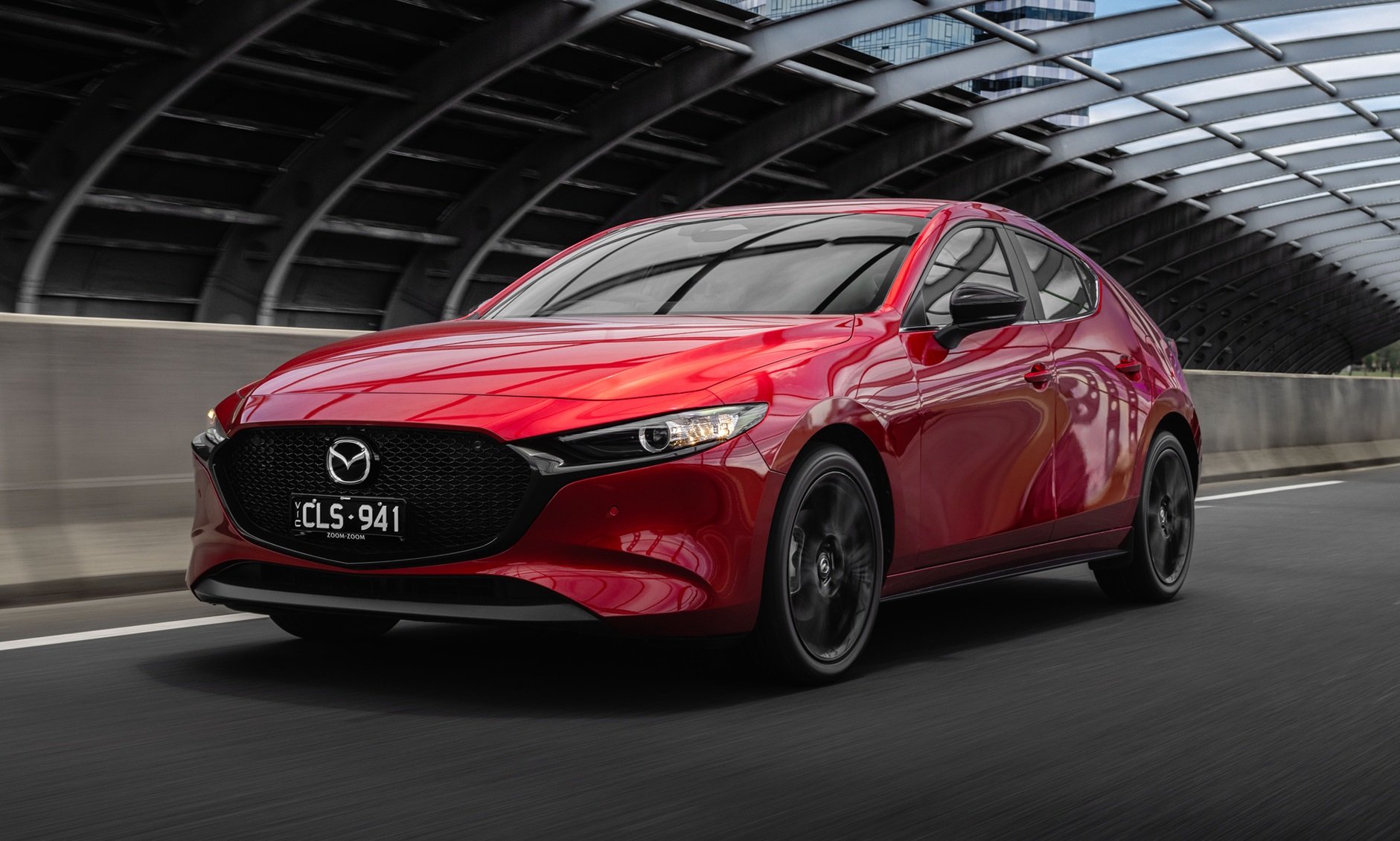Hyundai Kona Electric - what's living with a battery-powered SUV really like?
I just spent three months plugged in, living with a Hyundai Kona EV. Did I save the planet? No. Is there a case for owning one? Yes.
Have you ever stopped to consider just how ritualized your existence is? We are such creatures of habit. But there is one ritual that you take part in, routinely - and it’s suddenly under threat.
How ‘ritualized’ are you?
You cannot escape rituals. We have rituals at the start of life, and rituals at the end. And in between - show me what’s not a ritual.
We’ve got rituals for each end of the day. There’s annual rituals, rituals for education, rituals for your deity of choice, and if you want to tie the knot, we have a ritual for that. (And then, if you want to untie it, later, ditto.)
Every time we kill off a socially entrenched ritual, a new one takes springs up and its place. It’s like playing wack-a-mole.
Most hated ritual?
But there’s one ritual that seems properly bolted on to modern life. As a species, we’ve evolved into ‘petro-sapiens’. I really don’t know how many million humans are tipping liquid fuel into their vehicles at any particular time, but I know I can’t count that high before I die.
But is this ritual really on the brink?
This evaluation
Hyundai’s been very brave here … or incredibly misguided. (I can’t decide, yet. Time will tell.) See, of all the motoring journalists in all of Shitsville, I would have to be - let’s be kind - the most pragmatic and/or skeptical about EVs.
Some would say, a hater. Mostly members of Club Tesla. I’m just not willing to accept you can save the planet with an armada of battery-powered cars. Mainly because I live in a place where the facts still matter.
The disclaimer here: Hyundai has lent me this vehicle for evaluation, but I’m not getting paid to produce this report, and they’re not getting any input whatsoever into what I say about this, or any other, car.
Driving Kona Electric
As an uplifting consequence of driving this car, I haven’t been to a filling station in about three months. And not once have I experienced anything which could be remotely categorised as ‘withdrawal’. Or ‘grief’. Go figure. But driving an EV is certainly different - and not in a bad way.
EVs regeneratively brake - just like hybrids. When you’re not powering on - like, when you’re coasting - the electric powertrain becomes a generator and pumps fat electrons back into the battery, thereby reclaiming kinetic energy that would otherwise be lost to the environment in a conventional car. Which is a pretty clever thermodynamics hack.
Regenerative braking
You get a ‘regenerative braking/energy flow’ indicator over there, on the left. In case you’re too dumb to figure out which way the electrons are flowing in particular driving situations. You have to love the brakes - specifically, how often you don’t need to touch them. Regenerative brakes do a lot of the work. EVs don’t have multi-ratio gearboxes, either - because the motors are so flexible. So that’s nice.
But there are still paddles behind the wheel, and they’re not for changing gear. They’re for the regenerative brakes, which have three levels of engagement - four, if you count ‘off’.
One really cool feature is pressing and holding the left paddle, which will drag in maximum regen, and ultimately bring the car to a complete halt. You really don’t need to touch the brakes very often, and the more you use the regen, the greater the range becomes. And (of course) the less frequently you’ll need to change the brake pads.
Real-world range & the battery
Speaking of range, you can drive 450 kays on a single charge, in the real world. That’s properly useful. Take that, five-year-old Nissan Leaf...
The battery in the Kona has sophisticated active, liquid cooling, which some competing EVs, like the Leaf, do not - so long-term reliability of the car’s largest and most expensive component is relatively protected. Plus there’s an eight-year warranty on the battery for peace of mind.
Kona EV has a comparatively big battery, too - 64 kilowatt-hours - versus the Nissan Leaf with 40, for example. Which explains the Leaf’s proportionally lower range.
64 kilowatt-hours is a lot of electrical energy. Energy is, like, what gets you from A to B. (Physics 101: More energy gets you further. More power gets you there faster.)
But before you go crowning Kona EV defacto ‘King of the Juice’, a 55-litre petrol tank holds roughly eight times more energy, and weighs 90 per cent less, and you can ‘recharge’ a petrol tank (and pay) in under five minutes.
So if that refuelling ritual really is going to need a eulogy some time soon, we really need to talk about recharging.
Recharging options
For the recharging test in this video, the Kona is telling me the battery is about two-thirds depleted - but we’ve still got about 150 kilometres of remaining range. (That’s about 90 miles, ‘Murica.)
Even at this state of depletion, the range is beyond adequate for most ‘pandemic isolation’ driving duties on the morrow. Like, I can don my mask and drive to the bank, demand money, again, without suffering range anxiety. So that’s reassuring.
But the recharging time - on the trickle charger - is still a bit of a pain, at more than a day. 26 hours and 20 minutes is a long time. 2.1 kilowatts is of course more than adequate to run most household appliances, but in the context of providing tractive effort for almost two tonnes of car and cargo, it really is just a trickle.
And we’ve still got about one-third ‘juice’ left in the battery. Extrapolating that up on a properly flat battery, it’s gunna take about 35, 40 hours to pump in a full charge. And there’s gunna be times when that’s not going to work.You know - when you get home late, battery depleted, and you forget to plug in.
But with the fast charger in place, 7.2 kilowatts of recharging power slashes 19 hours from the process. You can literally sleep it off - and lunch off that comparatively cheap overnight electricity, and the battery is gunna full enough again, in the morning, in eight or nine hours even if you arrive home really flat. This fast charger is from JetCharge >>
So this really is a win for practicality. Utility. Usefulness. Whatever.
People say I’m an EV hater. That’s actually not the case. I’m just not an crazy evangelical EV zealot whose divorce from the facts is final. (I’m looking at you, Tesla cult member.) So, let’s talk about reality and why you might choose to remain in touch with it.
Reality check: Why would you own a Kona Electric?
Look, if you do the Jet Charge thing, overnight, even using the filthiest coal-fired grid (#’Straya) you’re really just consuming baseload power. They’re gunna burn that coal anyway, for the foreseeable future, whether you charge up or not, just to keep the grid active. In other words, they’re not burning additional coal to charge your EV, overnight…
...but of course if we all drove EVs tomorrow, they would have to up the baseload burn. So, transitioning to a greener grid is not exactly optional in the medium term. And solar is great, but the sun doesn’t shine overnight, problematically.
(Except of course out of Scott Morrison’s arse - just ask him. It really does.)
If you buy an EV today, you might not be saving the planet - probably not, in fact - but you are absolutely contributing to cleaner air in our cities, and you are taking some of the energy security burden away from our nation. Meaning: Away from useless politicians who mismanage this vital security issue and let you down so badly, every day, in the background. These are big issues - for human health, and national security, respectively.
And on that last point - if 2020 has taught you anything, please let it be that our security can be threatened in unexpected ways, rapidly. We spent all this money on counter-terrorism, equipped the cops with assault rifles to deal with a nonexistent threat, and had our pants pulled down by a virus. Well done, elected representatives.
We have two weeks of liquid fuel supply. If the tap runs dry, society falls apart shortly thereafter. It’s kinda serious.
Therefore, you can kick a significant, tangible, practical goal in these areas if you buy an EV today. These benefits exist ontologically - they’re in the domain of ‘facts’. Meaning, you don’t have to be some green nutcase to defend your decisions around them.
I’m not suggesting that everyone who buys an EV is a nutcase. Just the ones who think they’re saving the planet. Or that liquid fuel is on the brink of death. Look around, dudes...
If you want to make a rationally defensible case to own a Kona electric, that’s pretty much it. Clean air. Energy security. Kona Electric is going to cost you substantially more than an internal combustion SUV - but it is a defensible choice.
And, of course, the Kona EV goes like a friggin’ cut cat off the mark. Straight line performance is ridiculously good. Certainly in line with, or better than, many other cars at the same pricepoint. Like, when that clown in a WRX inevitably tries to carve you up at the lights? He may well discover that your Kona Electric is more fully sick than his fat Rex.
And, hypothetically, if someone I know had spent at months now, therapeutically blowing cars such as that into the weeds with a Kona EV, at every opportunity, he would probably be able to tell you their owners really don’t like it when the faster car is electric.
But of course, we’ll never really know, because I’m merely speculating.
Always drive responsibly. And just remember: Eco tyres are not that grippy in corners. Discretion: Better part of valour there. At least, initially.
Few cars at this pricepoint will match a Kona electric from zero to about 60 kays an hour (that’s 35 miles per, ‘Murica). So you can absolutely add ‘performance’ to the list of ontological ownership justifications. Meaning, there’s really three defensible reasons to buy this car.
Conclusion
To the dudes at Hyundai I say: I’ll take a Kona EV with that awesome e-diff out of the i30 N, and some nice grippy Pirellis or Continentals, just so it can put all one billion Newton-metres into play, off the mark, briefly. I’d really like that.
As much as I enjoy internal combustion - and I do like it, rather a lot … no change there … there’s nothing whatsoever therapeutic about visiting a friggin’ filling station. There’s just not. Liquid fuels are a miracle: a staggering amount of energy, transferred so fast, and so incredibly cheaply…
...and yet the user experience at the filling station - it’s somehow soul-crushing. On behalf of humanity, I say to fuel retailers: Kindly stick your unbeatable ‘two for one’ Kit-Kat offer up your arses.
In other words, if EVs do gain momentum, reach critical mass, and push the filling station ritual over the edge, one day, in the future, it’s fair to say that I will not spend all that much time grief-stricken afterwards. And I sincerely doubt I will be alone.
More info on Kona Electric in Australia >>











































Still considering an SUV? The Kia Cerato is a solid value proposition, which could save you thousands while offering greater space, more features and build quality as good as any Toyota Corolla or Mazda 3. There’s even an affordable performance version. Let’s talk about Cerato…